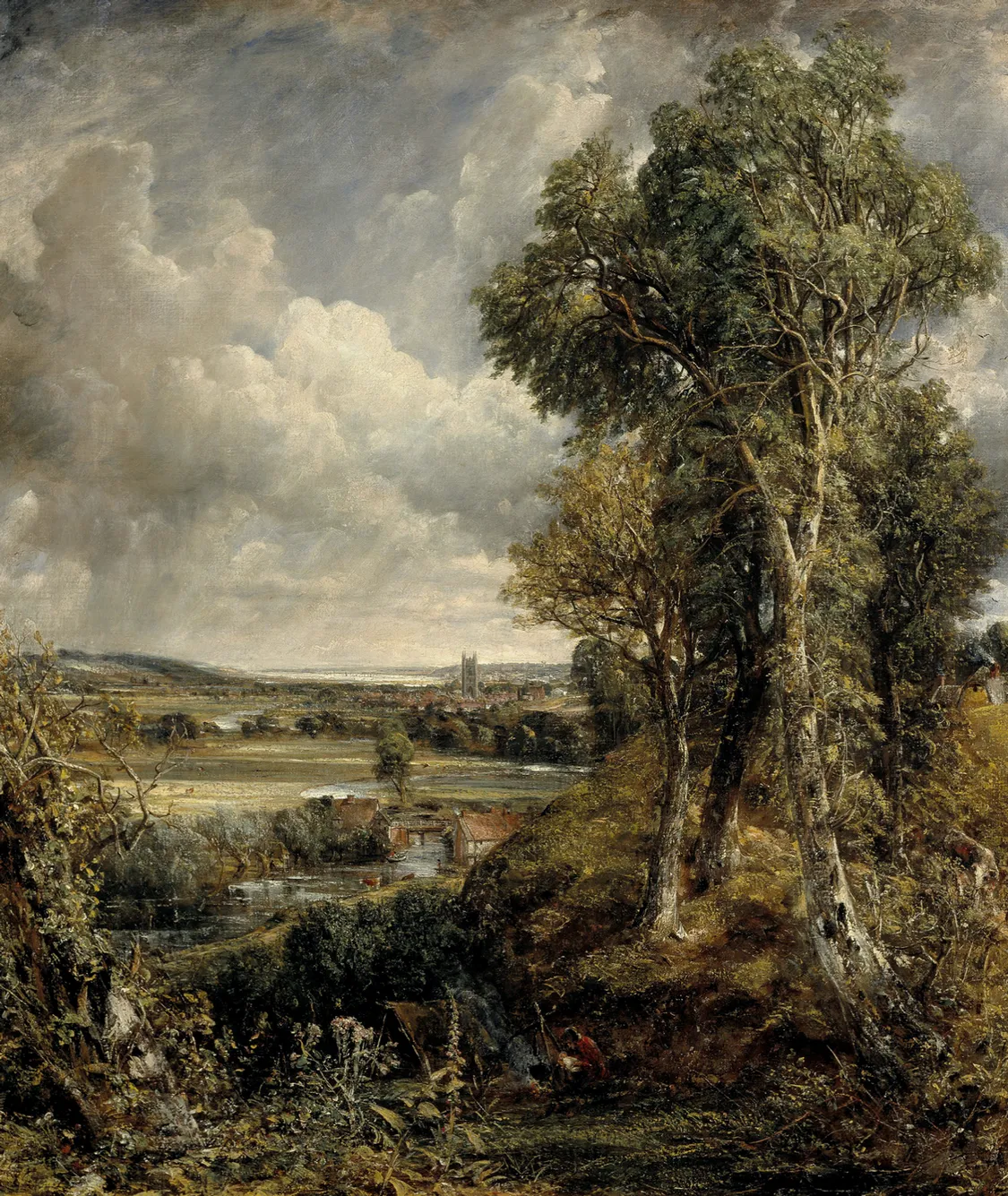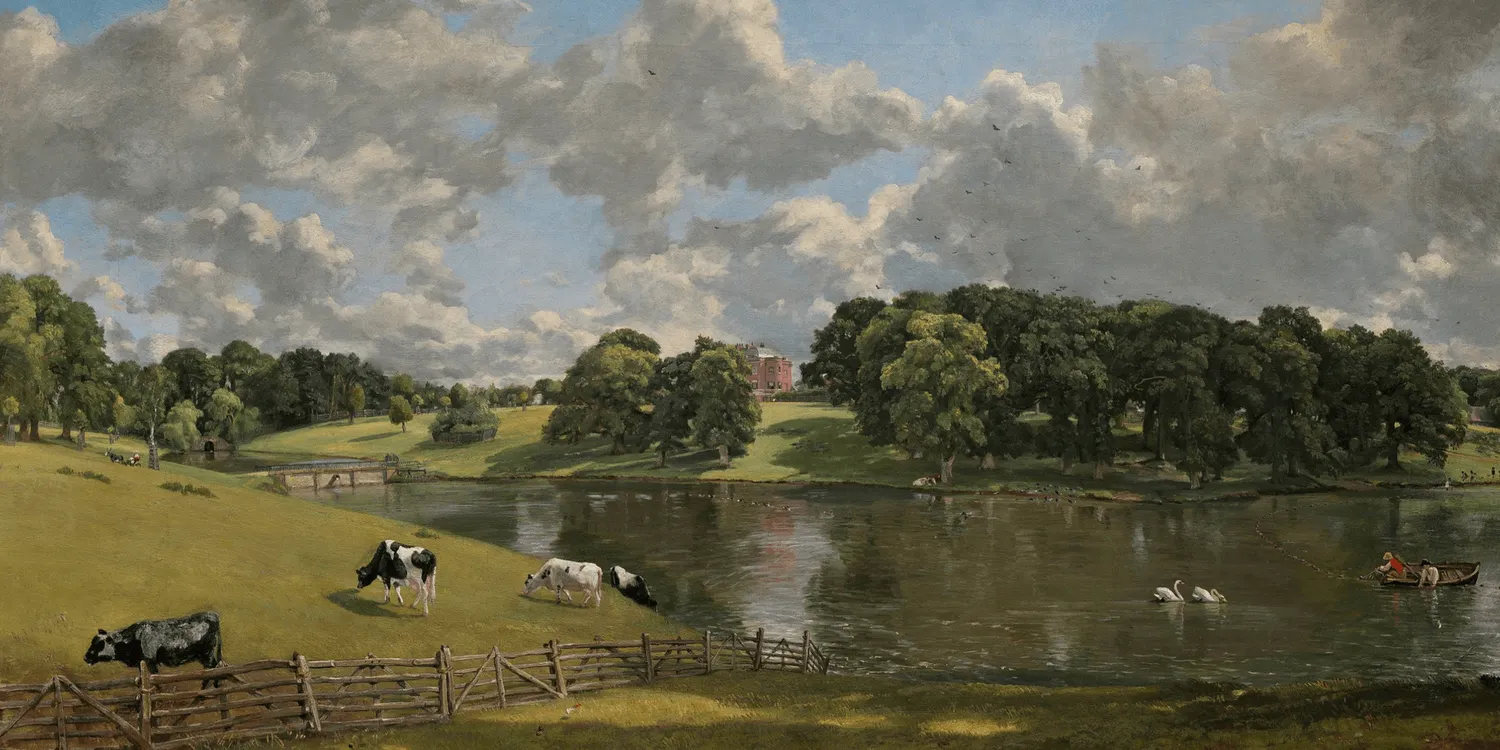21/07/2021
“Explaining the draw of the East
Having grown up in Suffolk I don’t have to make a particular effort to find a special place for this region in my heart. I have noticed however that people born here very often return and I have also noticed how its charms can inveigle newcomers, sometimes with the tenacity of ivy.
But why has the East drawn such a concentration of artistic innovation over the last four hundred years?
People naturally think of Thomas Gainsborough and John Constable, perhaps the two greatest British painters of all time. However, even when winding the clock right back deep into the seventeenth century we find Mary Beale, born in 1633 in Suffolk, and taking a somewhat surprising place among the most highly paid portrait painters of her age.
The achievements of the Norwich School of Painters, producing soft, gentle, landscapes were perhaps eclipsed by the work of Turner but they shouldn’t have been. They are wonderful. Turner himself lived in London but frequently painted the eastern seaboard, from Northumberland down. Philip Wilson Steer, influenced by Turner, ran a school of painting at Walberswick in Suffolk and taught at the Slade. His pupils included Stanley Spencer and Paul Nash among others.
So why here? The special quality of Eastern light is one thing, as are our oversized skies. Life in East Anglia feels proximate to the sky much in the same way that life in a Cornish fishing village feels proximate to the sea. It is also fairly clear that East Anglia offers an unusually high number of very distinct landscapes, from gently undulating valleys to forests, brecklands, marshes and a myriad of diverse coastlines.
But I think there may be deeper reasons still. From the Danelaw on the East has had a more egalitarian and less feudal feel than other parts of the country. For example, there were far fewer great estates in our region and many more individually owned farmsteads and therefore more entrepreneurialism. An outward looking economy driven by the trading ports along our coast and the proximity of London. A more open outlook altogether? An easier place in which to push at boundaries?
So perhaps we shouldn’t be surprised that when the twentieth century rolled along there was another astonishing explosion of artistic energy and activity in the East. Seago’s fabulous landscapes sold strongly to well healed clients but Eric Ravilious, Edward Bawden and the numerous other Great Bardfield artists altered the direction and aesthetic of Modern British art overall.
John Nash (Paul’s brother) was a neighbour of Sir Cedric Lockwood Morris and Arthur Lett-Haines who together taught painting at Benton End just outside Hadleigh. Pupils and visitors mingled, including artists as diverse as Lucien Freud, Francis Bacon and Maggi Hambling. Alfred Munnings was just down the road.
Is it just chance or is there something in the air of the East? I can’t say for sure, but I am just off to listen to a podcast by… Grayson Perry."

